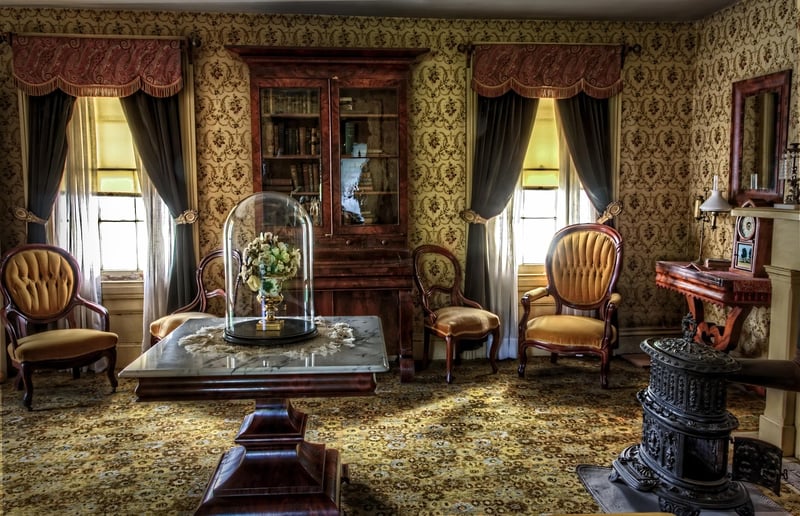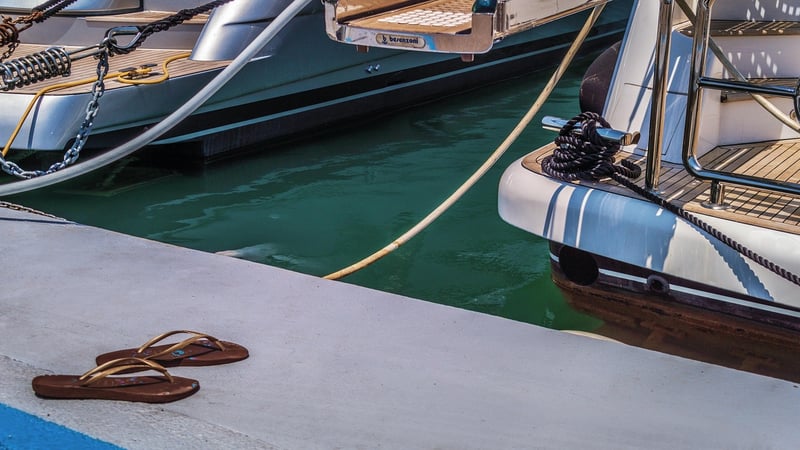Historical Etiquette
Guidance for Time Trips and Historical Etiquette
Introduction
Welcome, time-travel enthusiasts! Embarking on a journey through time can be an exhilarating experience, allowing you to witness historical events firsthand. However, it's essential to be mindful of historical etiquette to ensure a respectful and seamless time-travel adventure.
Preparing for Your Time Trip
Before you step into the time machine, here are some crucial tips to consider:
- Research the time period you will be visiting to familiarize yourself with the customs and norms of that era.
- Pack appropriate attire to blend in with the locals of the time. Dressing in period-appropriate clothing can help you avoid standing out.
- Learn basic phrases in the language spoken during that time to facilitate communication with the locals.
Understanding Historical Etiquette
Respecting historical etiquette is paramount during your time travels. Here are some etiquette tips to keep in mind:
- Always address people using the appropriate titles and forms of address for their time period.
- Be courteous and polite in your interactions, following the social norms of the era you are visiting.
- Avoid behaviors that may be considered rude or disrespectful in that historical context.
Etiquette in Different Time Periods
Each historical period has its unique set of etiquette rules. Here are some examples:
Victorian Era
In the Victorian era, proper etiquette was highly valued. Men were expected to offer their seats to women, and formal greetings were common.

Renaissance Period
During the Renaissance, art and culture thrived. Etiquette emphasized respect for authority and a keen sense of hospitality.

Conclusion
By understanding and adhering to historical etiquette, you can elevate your time-travel experience and immerse yourself fully in the past. Remember to respect the customs and traditions of the time periods you visit, and enjoy the magic of exploring history firsthand!
